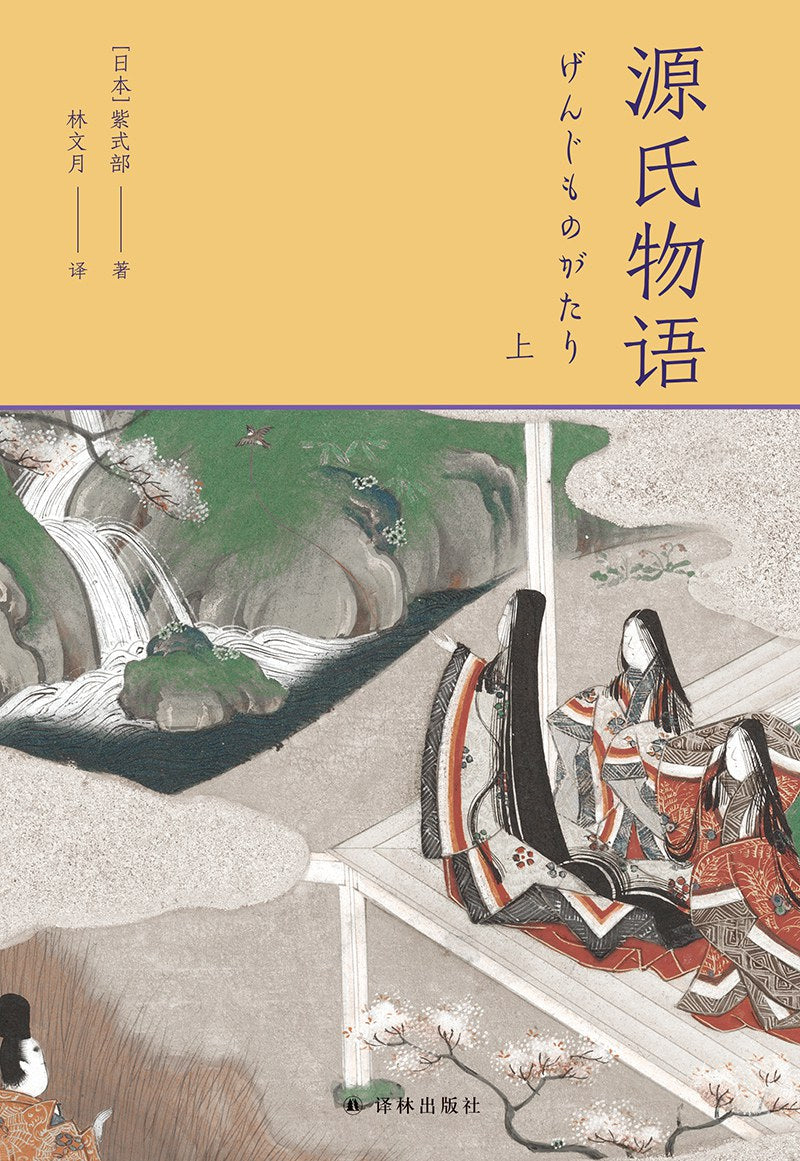WULOLIFE
《源氏物语》作者: [日] 紫式部 出版社: 译林出版社
《源氏物语》作者: [日] 紫式部 出版社: 译林出版社
Couldn't load pickup availability
Description
内容简介 · · · · · ·
【内容简介】
“作家林文月先生所译五部日本古典文学名著,包括《枕草子》《源氏物语》《伊势物语》《和泉式部日记》《十三夜》。
《源氏物语》是日本古典文学高峰之作,也是日本文学史上最为重要的作品之一,日本人称之为世界最古老的长篇写实小说。作品以平安王朝由盛转衰的历史时期为背景,通过光源氏及其父亲桐壶天皇和后代夕雾、薰、匂宫等人与众与历史画卷。紫式部以细致之笔,逼真写下人在各种情境下变化莫定的心理状态;以客观之眼,详尽记下她所观察到的宫廷四时行事和自然景物,以供后人体认与追念平安时代风貌。
【编辑推荐】
日本小说高峰,影响日本文学与文化千年
一部传阅千年的长篇写实小说,无与伦比的奇迹之书,物哀文学肇始之作,融于后世所有日本小说字里行间,也深深铭刻在川端康成为从和歌到绘画,从服饰到建筑的多方亦被不断改编为电影、电视剧、动漫。
从真实处落笔,时代
紫式部才华横溢,七年宫廷生活期间,以“史眼”观人观事观物,记下平安时代全盛期宫廷与贵族情感和生活现实。前后四代人,上下七十年,千言万语,描绘一个转变中的王朝。欲知千年往事,毕竟要从此书读起。
根据权威底本,面再现原著风貌与情致
所据底本为日本小学馆日本古典文学全集系列权威版本,该版本由日本“源”学大家阿倍秋生、秋山虔、今井源卫校注;同时参考角川文库、中央公论社、以及著名学者Arthur Waley and Edward G. Seidenstiker are the founders of Edward G. Seidenstiker.
译笔精准传神,熨帖表现氤氲经典之气质
字斟句酌,极力把握属于异国情调之古典气氛,完整传达原著雍容华丽、缠绵悠闲、典雅隽永之风格;匠心独运,创新性采取三行楚歌体,移译原著和歌795显。
2万字序言,多角度剖析作者、作品及翻译;5张重要人物关系表,细致梳理不同以时间为序,参照主角年龄,罗文学典故、文化事项,等等;扫码收听专家深入讲解,补足文学、文化与时代背景知识。
精选雅致插画,生动呈现经典场景人与事
选取领导日本皇家及幕府画院数百年的土佐画派画作,逐帖描绘书中经典场景
【名人评价及推荐】
任何一部作品,都未在叙事之中展现出[《源氏物语》]深刻、细致的“物哀”之美。唯有这部物语,极其深入、事无巨细地包含着作者的精神。作品中的一切词语表现皆妥帖自然……作品中随处可见的人情描写,堪称空前绝后。
——本居宣长
尤其是《源氏物语》,从古至今,始终是日本小说的顶峰,即便到了现代,还没有一部作品能与之比肩。早在十世纪时,便已写出这部颇有现代风格的长篇小铭刻在我心上。 ...
《源氏物语》……我是钦佩至甚,当推为日本文学中之巨制,最伟大的作的时候,那样的巨制的产生也该是值得惊叹的。中国的《红楼梦》,还只是其后的作品。胡适也看过此书,也说这样伟大的作品,以前还不知道。——周作人
